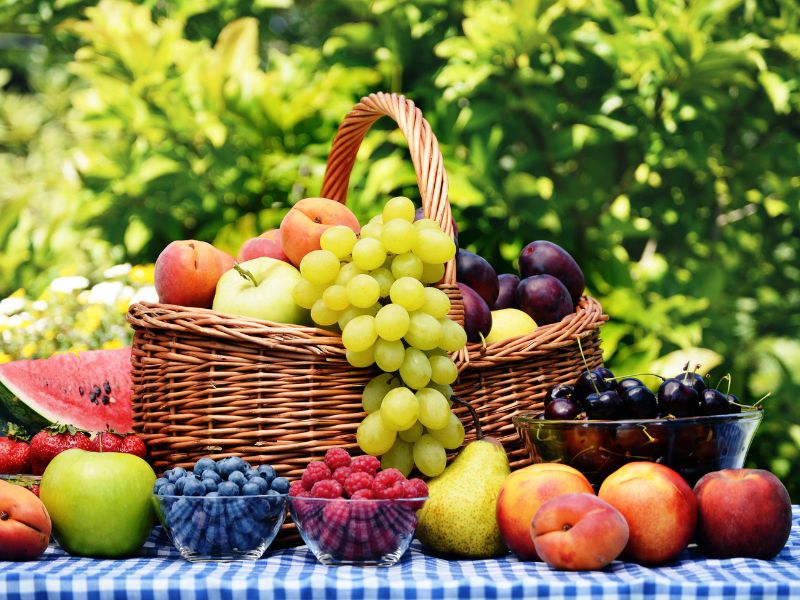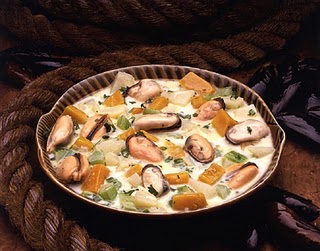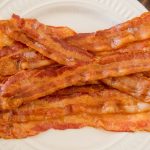Fruit has a low calorie and high nutrient content, making it a smart option for weight loss. As a result of the high fiber content of many fruits, you may feel full and satisfied with consuming less total food. Fruits are a good source of antioxidants, vitamins, and minerals, all of which are vital for overall health. Fruit is also an excellent alternative for persons seeking to lose weight or control their intake of essential nutrients because it is low in calories, fat, and sodium. Remember that even though fruit is a healthy food, you should still eat it in moderation as part of a healthy, balanced diet.
Also, fiber is a crucial ingredient that supports digestive health and may lower the chance of developing several chronic illnesses. It may be found in foods made from plants, including grains, legumes, fruits, and vegetables. To ensure that your diet is diverse and contains a variety of high-fiber foods, it is critical to do so in order to satisfy your daily fiber requirements. For these reasons we will also give you the data related to the fiber content of these low calorie fruits.
Here is a list of common fruits ranked from lowest to highest in terms of calories per 100 grams:
- Watermelon: 30 calories (0.4 grams fiber per 100 grams) – Due to its high water content (92%) and low sugar content (8%), watermelon has little calories. The natural sugars in watermelon account for the majority of its calories. Watermelon has a minimal content of other nutrients including fat, protein, and fiber because it is primarily composed of water. This makes it a fruit that is hydrating and refreshing to eat, but it lacks in nutritional value.
- Strawberries: 32 calories (1.5 grams fiber per 100 grams) – Strawberries are mainly water, like watermelon, which contributes to their low calorie count. Additionally, they have little sugar and fiber, which might help you feel fuller and more content after eating. Strawberries’ natural sugars and carbs account for the majority of their caloric content.
- Grapefruit: 37 calories (1.6 grams fiber per 100 grams) – Because of its high water content and predominate composition of water, grapefruit has a low calorie count. It also contains a lot of fiber, which can help you feel fuller and more content after eating. The natural sugars and carbs in grapefruit account for the majority of its calories.
- Orange: 47 calories (2.4 grams fiber per 100 grams) – Oranges are low in calories due to their high water content and high proportion of water. They also include a lot of fiber, which can help you feel fuller and more content after eating. Oranges’ natural sugars and carbs account for the majority of their calories.
- Apricot: 48 calories (1.7 grams fiber per 100 grams) – Due to their high water content and predominate composition of water, apricots are a low calorie fruit. They also include a lot of fiber, which can help you feel fuller and more content after eating. Apricots’ natural sugars and carbs account for the majority of their calories. Apricots provide roughly 17 calories per fruit.
- Pineapple: 50 calories (1.4 grams fiber per 100 grams) – The high water content and mostly water composition of pineapples make them a low-calorie fruit. There is a lot of fiber in it as well, which might make you feel more satisfied and full after eating. Most of the calories in pineapple come from natural sugars and carbohydrates.
- Apple: 52 calories (2.4 grams fiber per 100 grams) – Because apples are mostly composed of water and have a high water content, they are low in calories. They also include a lot of fiber, which can help you feel fuller and more content after eating. Apples’ natural sugars and carbs account for the majority of their calories. A modest quantity of protein and fat are also present in apples relative to their carbohydrate level.
- Mango: 60 calories (1.6 grams fiber per 100 grams) – Mangos have less calories than some other fruits, but they don’t have as few as some other choices like watermelon or strawberries. Mango has around 100 calories per serving (about 1 cup), which is higher than watermelon or strawberries but still rather low in contrast to certain other fruits. Mangos include plenty of fiber, which can help you feel fuller and more pleased after eating. Mangoes’ naturally occurring sugars and carbs account for the majority of their calories.
- Grapes: 69 calories (0.9 grams fiber per 100 grams) – Because they are mostly formed of water and have a high water content, grapes are a fruit with little calories. They also include a lot of fiber, which can help you feel fuller and more content after eating. Grapes’ natural sugars and carbs account for the bulk of their calories. About 104 calories are included in one cup of grapes.
- Banana: 89 calories (2.6 grams fiber per 100 grams) – Actually, bananas are not low-calorie fruits. More calories are found in a medium banana—105—than in melons, strawberries, grapefruit, oranges, apples, and pineapples. As a rich source of fiber, bananas might help you feel fuller and more content after eating. The natural sugars and carbs in bananas account for the majority of their calories.
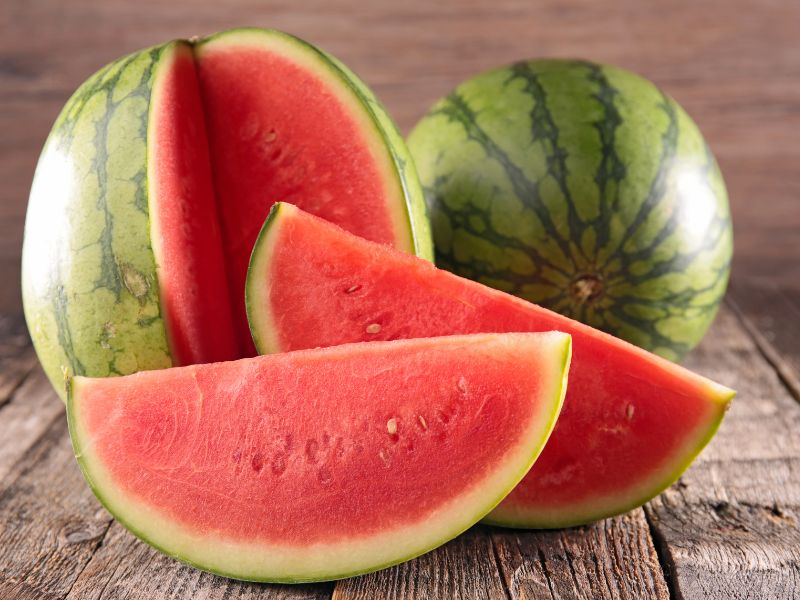
Remember that this is only a rough guide and that the actual caloric content of a fruit can change based on its size and variety.
Fruits are a calorie- and nutrient-efficient fruit that may be consumed as part of a balanced diet. Numerous fruits include a lot of fiber, which can help you feel fuller and more pleased after eating. They also contain a lot of vitamins, minerals, and antioxidants. Fruits that can be included in a diet for weight reduction or calorie restriction include watermelon, strawberries, grapefruit, oranges, apples, pineapples, bananas, grapes, and apricots because they are all low in calories. To maintain a balanced diet overall, it’s crucial to eat all foods, including fruit, in moderation.
© 2012-2023 by LiVentures. All rights reserved. No part of this document may be reproduced or transmitted in any form or by any means, electronic, mechanical, photocopying, recording, or otherwise, without prior written permission of LiVentures.
